Acid Leach Processing of Arsenic Rich Copper Wastes
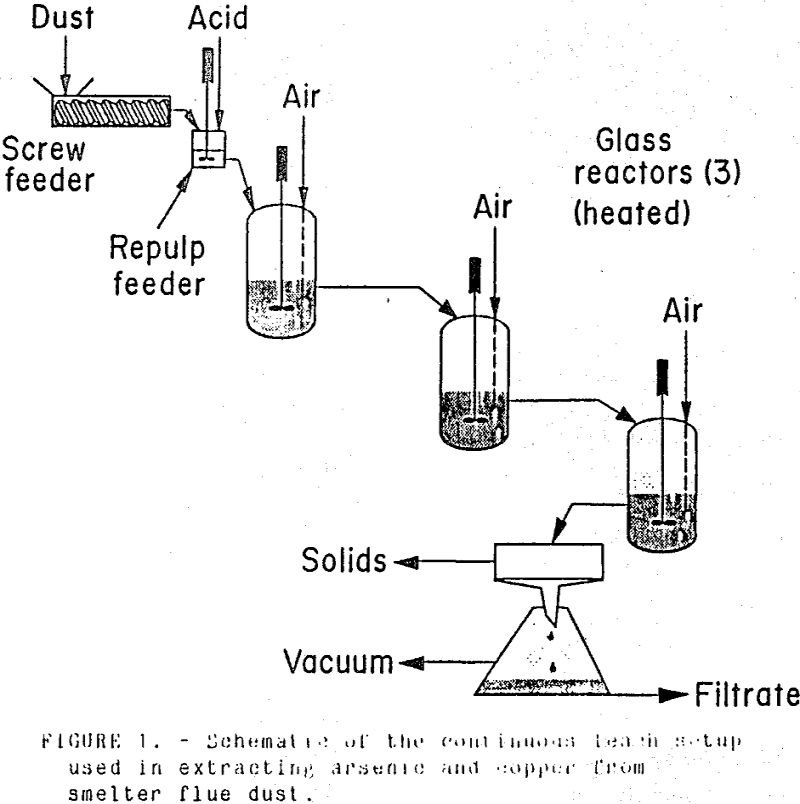
Arsenic, copper, and molybdenum were effectively removed from arsenic-bearing flue dust using a three-stage continuous sulfuric acid leach. Leach conditions to maximize arsenic and copper extraction while minimizing bismuth extraction were determined: 25-wt pct H2SO4, 20- to 25-wt pct solids, a leach temperature of 55° C, and a 30-min residence time. These conditions yielded arsenic, […]
Germanium Gallium Ore Leaching with Sulfuric Acid

A sulfuric acid leach technique for extracting gallium and germanium from Apex ore without the use of a reducing agent, such as SO2, was investigated. Leaching studies showed that with increasing sulfuric acid concentrations, gallium extraction increased to over 95%, while germanium extraction reached a peak of 71% before decreasing to less than 50%. It […]
Heavy Mineral Placers
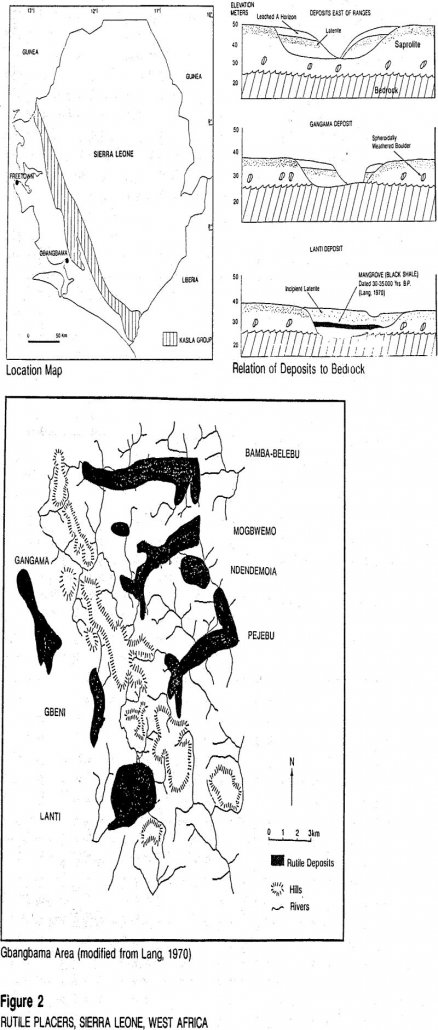
Concentrations of minerals between 3.5 and 5 specific gravity such as ilmenite, rutile and zircon in large accumulations of sand constitute “heavy mineral” placers. Two fundamentally different modes of formation characterize “trap” and “bed” placer variants. Smaller and generally higher grade trap placers form during sediment erosion or reworking. Because of their smaller size, they […]
Grinding Circuit Control for Optimal Mineral Recovery
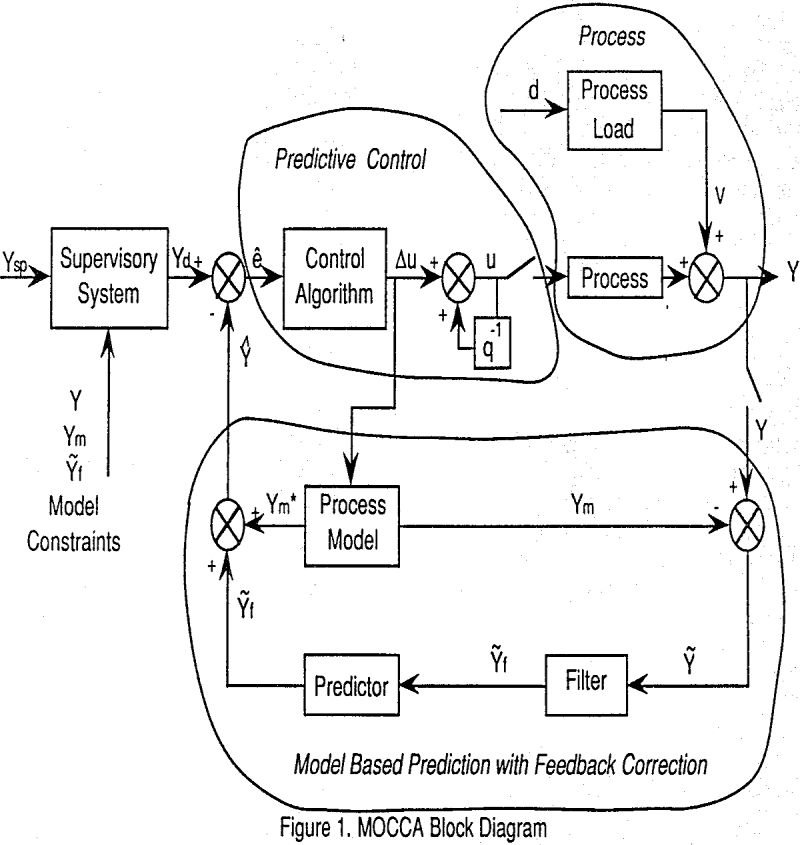
MOCCA is a Multivariate (Optimal Constrained Control Algorithm developed specifically for non-square industrial control applications with practical difficulties such as interactions, time delays, constraints, modelling development, etc. MOCCA consists of an off-line simulation/translation module, for tuning the control parameters, and an on-line module that implements the designed control law. An alternate means of constructing advanced […]
Variable Speed SAG Mill
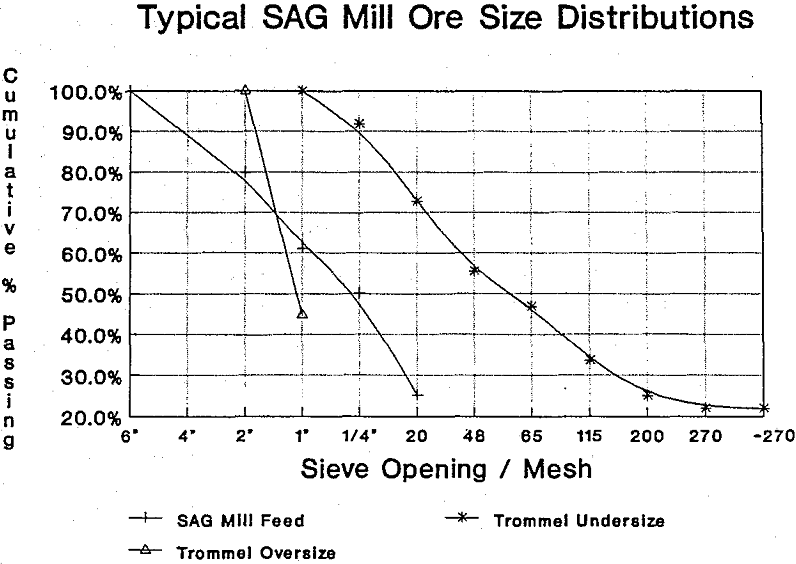
The single line grinding circuit at Bond Gold’s Colosseum mine consists of variable speed drive semi-autogenous (SAG) milling and secondary grinding with a fixed speed ball mill. There are several advantages and disadvantages of operating SAG mills with variable speed drives. Discussion in this paper will focus on the effects of variable speed SAG milling […]
Design CIL Circuit
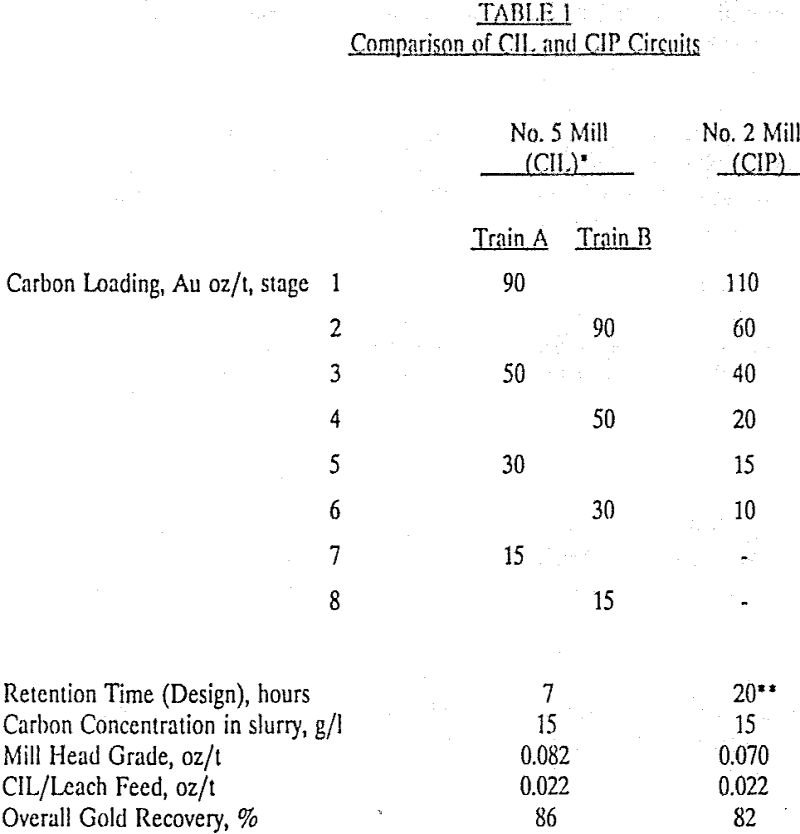
Carbon-in-Leach (CIL) is conventionally used in gold processing operations when preg robbing components are present in the ore. CIL process is becoming attractive even in other situations when preg robbing is not a factor. This paper discusses the situations in which the CIL circuit can be applied. CIP or CIL Conventionally, a carbon-in-leach (CIL) circuit […]
Treatment of Gold Tailings in High Rate Thickeners
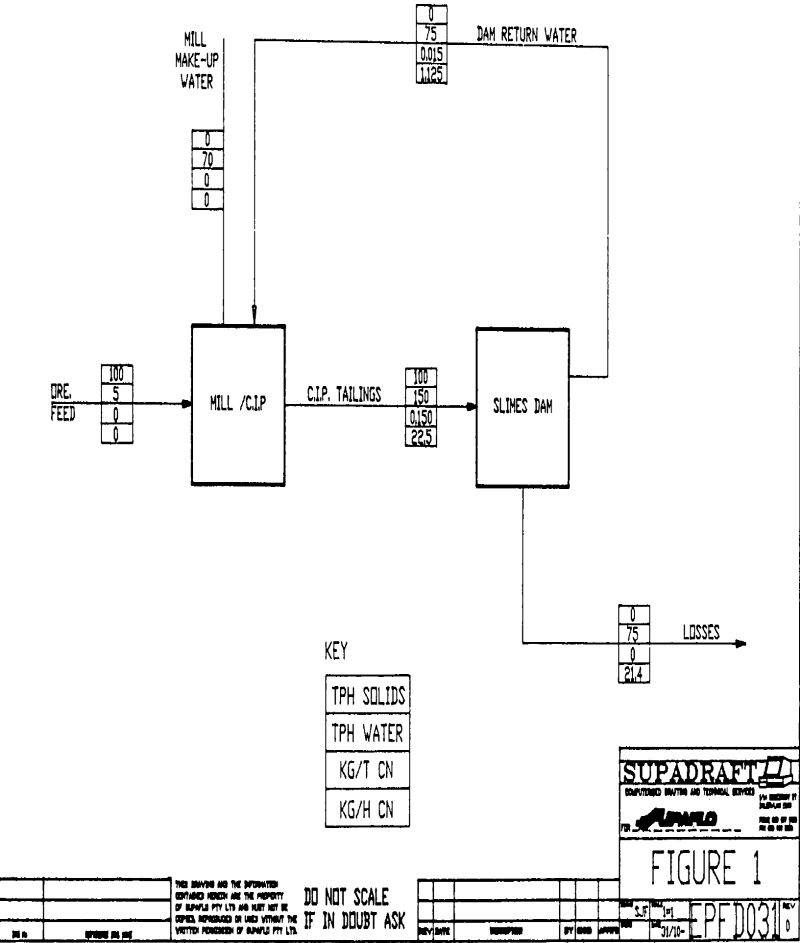
Degradation of cyanide occurs in the tailings water discharge to slimes dams. The degree of degradation or cyanide loss in the water recovered depends on a number of factors, but is usually assumed to be about 90%. The most important mechanisms of CN loss are through HCN losses and oxidation by oxygen in the air, […]
Improve Coal Flotation Rate and Recovery
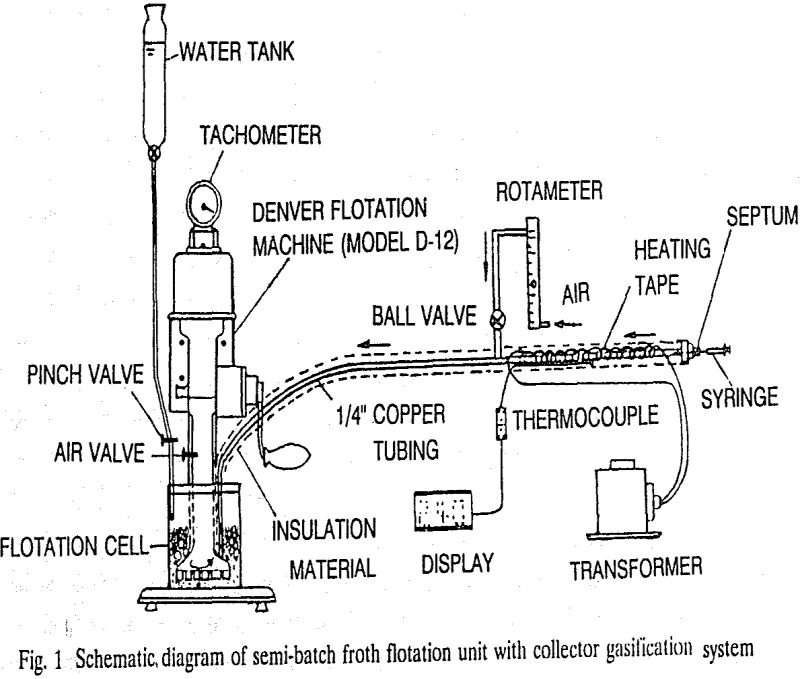
A unique collector dispersion techniques was developed and used to improve the flotation rate and recovery of coarser and ultrafine coal-rich particles in the froth flotation processes. In this novel collector dispersion method, the collector such as hydrocarbon-oil is gasified and transported by gas phase (air stream) into the pulp. In addition to the excellent […]
Bacterial Oxidation of Refractory Ores

The bacterial oxidation (BIOX) process for the pre-treatment of refractory ores for gold recovery was developed by the Genmin Process Research laboratory. Early work started in the late 1950’s when the bacteria strain, “Thiobacillus ferrooxidans” was isolated from effluents pumped from the West Rand Consolidated underground mine but at this stage the focus was on […]
Mining Engineers Training Exercises
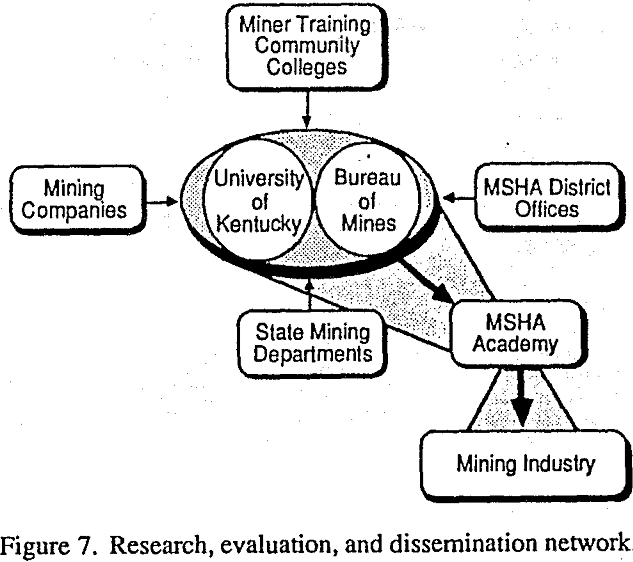
In the past mining accidents were often a consequence of poorly designed equipment and inefficient mining systems. As mining equipment and technology has become better engineered, safer, and more complex, the frequency of accidents has dramatically decreased, but the proportion of accidents occurring because of decision errors made by the person or persons involved have […]
